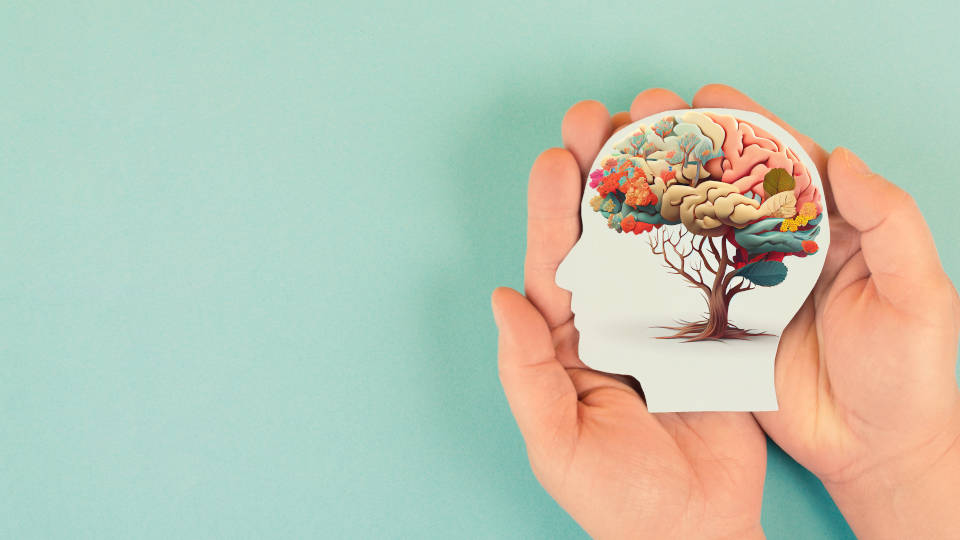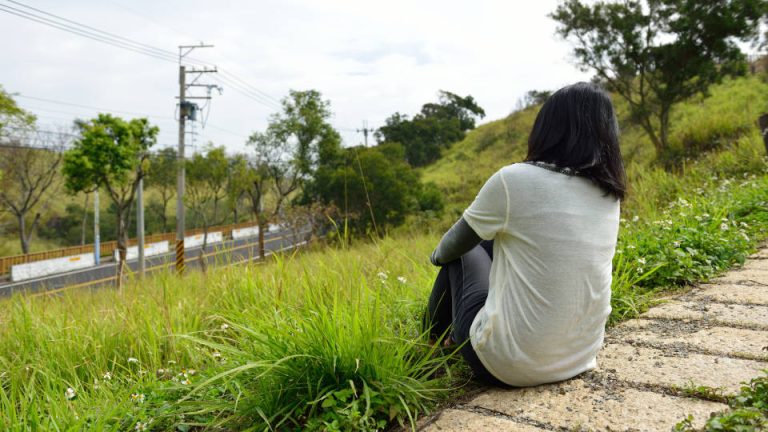Thinking in a straight line is counterproductive.
Accepting the counterproductivity of straight-line thinking or linear cause-and-effect thinking is challenging. It gives an individual a false hope of solving the problem. However, the lack of resolution of the issue is replaced with fear.
Let’s take a real-life scenario,
A father works three days from home. He has a young family with two children between the ages of two and six. His wife stays back at home to take care of the children. The younger child has sleep problems and cries frequently. The father gets little sleep and is anxious most of the time. Before reaching out to help with the professional, he was drinking and taking recreational drugs.
In the sessions, he describes his desire to get healthy and knows the steps. He takes actions such as exercising giving up drinking and drugs. However, he describes a feeling of dread and anxiousness.
If I ask him, “Why”, are you feeling the dread and anxiousness? I will get a straight-line thinking. “I feel this dread because I have recently given up drinking and drugs.” I say, “Then why is the explanation for your anxiousness and dread not helping you?” No answer or the answer will have another straight line thinking, “My two-year-old cries a lot.”
As I said, we have difficulty accepting that our thinking of a straight line is incomplete and counterproductive. One significant contributing factor to this lack of acceptance is becoming responsible for our discomfort and putting in the energy to learn a new way of thinking.
What is it that we as individuals are up against with this new way of thinking?
The emotional brain sits just above the olfactory nerves, essential to our five senses. It sends the information to the emotional brain to react to the perception of distress more efficiently than the thinking brain, which has to look at the situation in fact- fullness to the bigger picture and sits on the top of the brain away from the olfactory nerves.
At Moksha Therapy Psychology Practice, I work with individuals through this journey of acceptance as nature intended and working with a new way of thinking—thinking we use in other sciences like astrophysics, chemistry, biology, engineering, etc. We can use it for relationships, too. What gets in the way is “us”.







